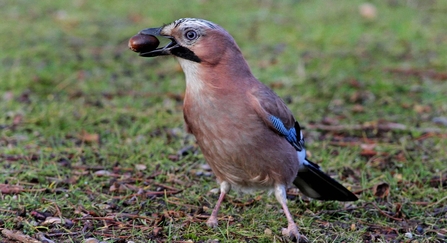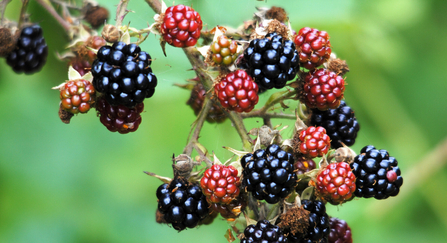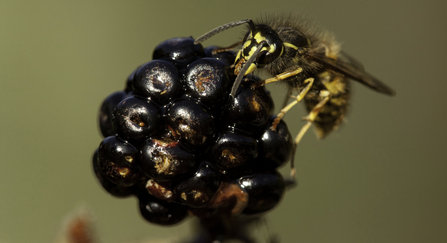September is the time for the hibernators to fatten up and for squirrels to look to their winter stores. I’ll be looking to mine as well, with the seasonal harvest of blackberries getting into full swing, crab apples for gathering and the nut crop coming on.
With such a wealth of food available in the woods and hedgerows, it’s a good time of year to spot mammals and birds as they make the most of the autumn bounty, sometimes bringing otherwise secretive creatures into sight. With such a wealth of food available in the woods and hedgerows, it’s a good time of year to spot mammals and birds as they make the most of the autumn bounty, sometimes bringing otherwise secretive creatures into sight. Pine martens feast on bright red rowan berries, badgers and foxes snaffle windfall damsons and seldom-seen jays make themselves noisily obvious as they collect acorns.




